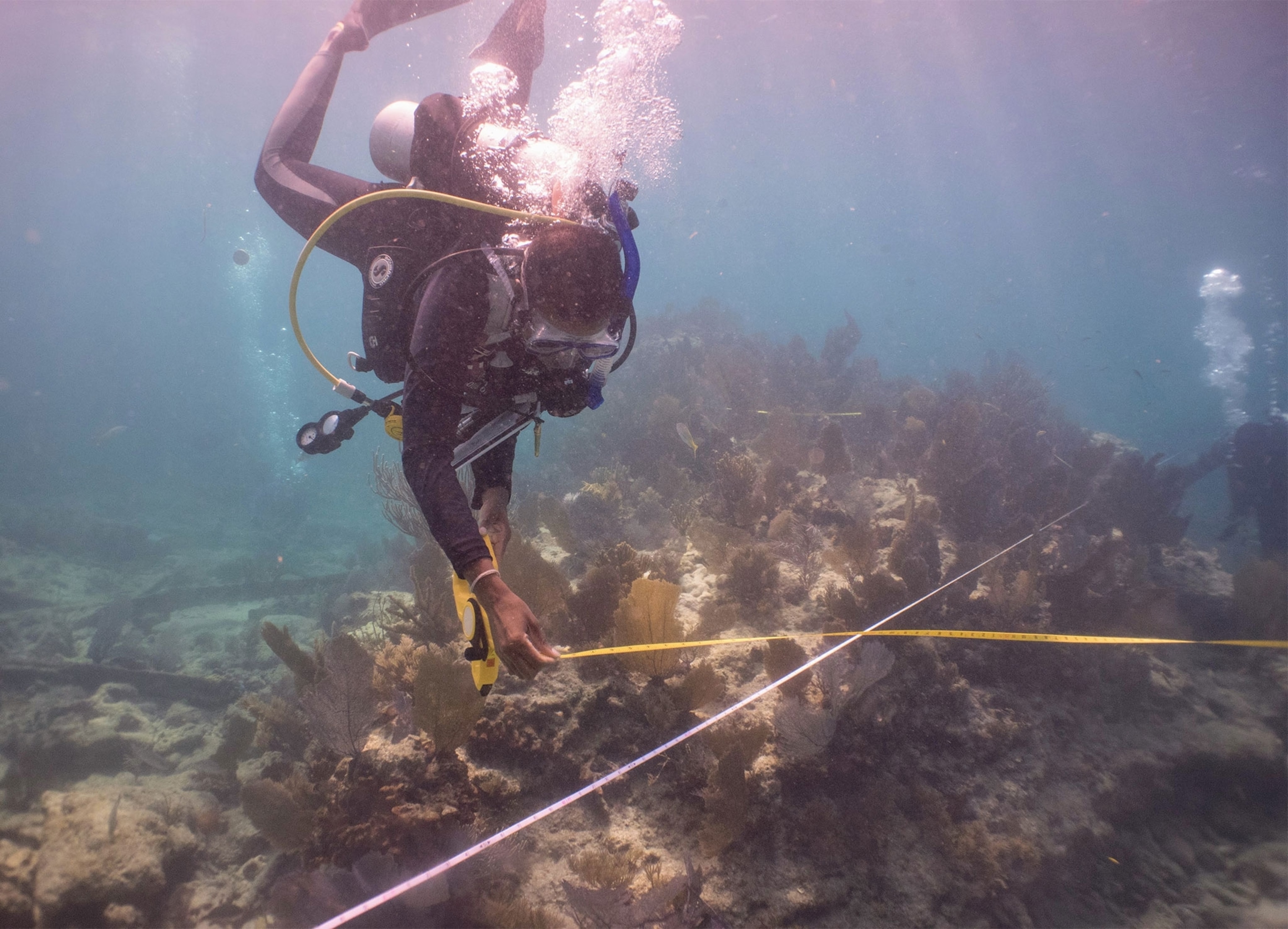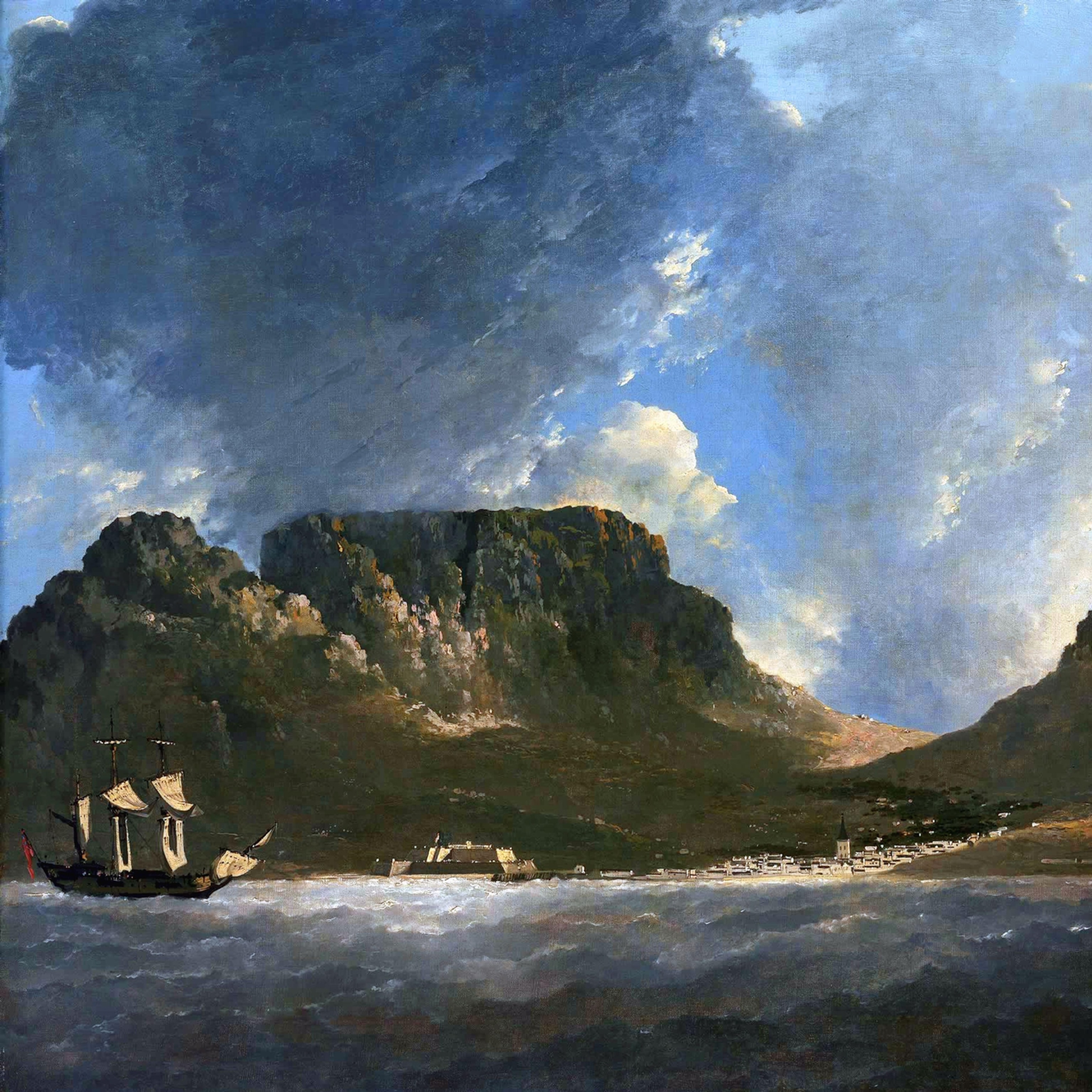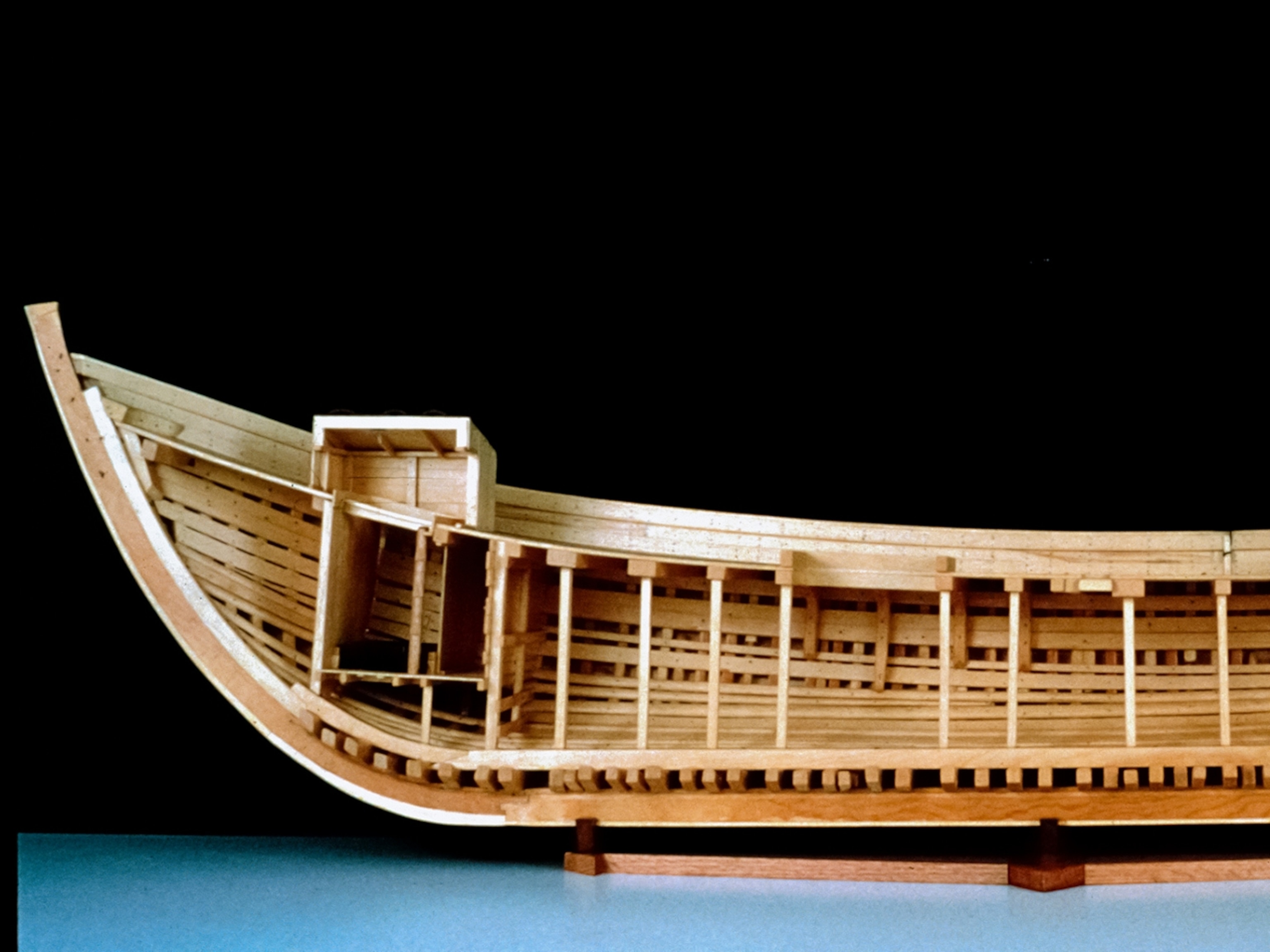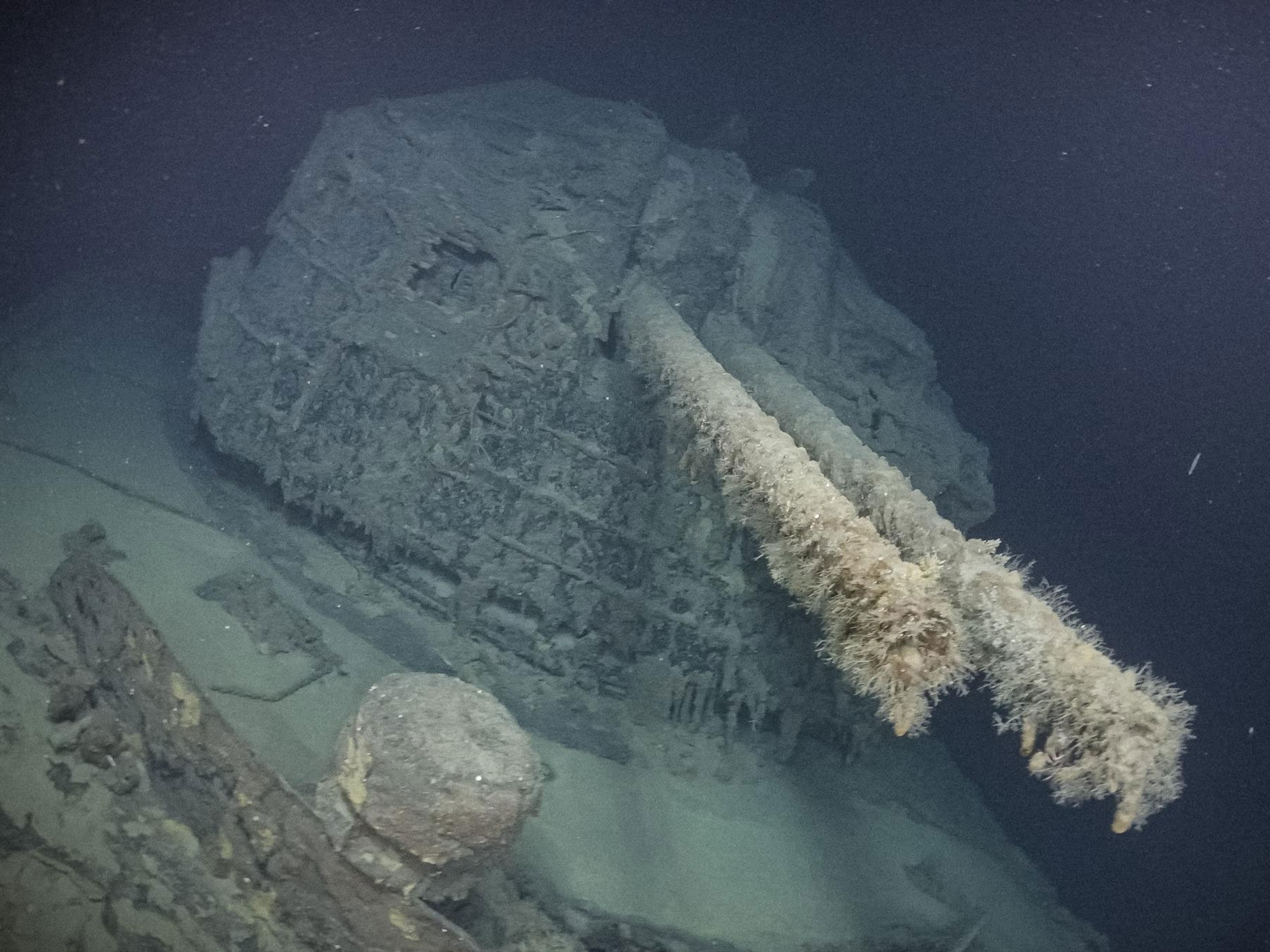Lead instructor Kamau Sadiki sits in the ocean at 12-feet depth in lotus position, legs folded on top of each other. In scuba gear, he looks like a Zen master with a tiny ‘fro—serene and graceful. He holds my scuba vest with one hand to give me purchase while I try to mimic his pose. I look decidedly less serene and graceful. So I give up and look around instead.
We are on a fun dive for new divers in crystal-clear waters of the Florida Keys. I notice lead instructor Jay Haigler slicing through the water, smooth like an eel, below me. I can see his brown legs amid the blue backdrop and diver Sabrina Johnson bicycling to the side of me, legs pumping in slow motion like she’s on a Sunday stroll, her ponytail floating behind her, giving her an angelic halo. Diver Anthony Medley, who free dives and favors the dolphin kick, twisting his body on the other side of me so naturally and fluidly and exuberantly that I think he must be part merman.
All around me are scuba divers—maybe 20 or so—easing through the water or resting and waiting to bob safely to the surface during a three-minute safety stop.
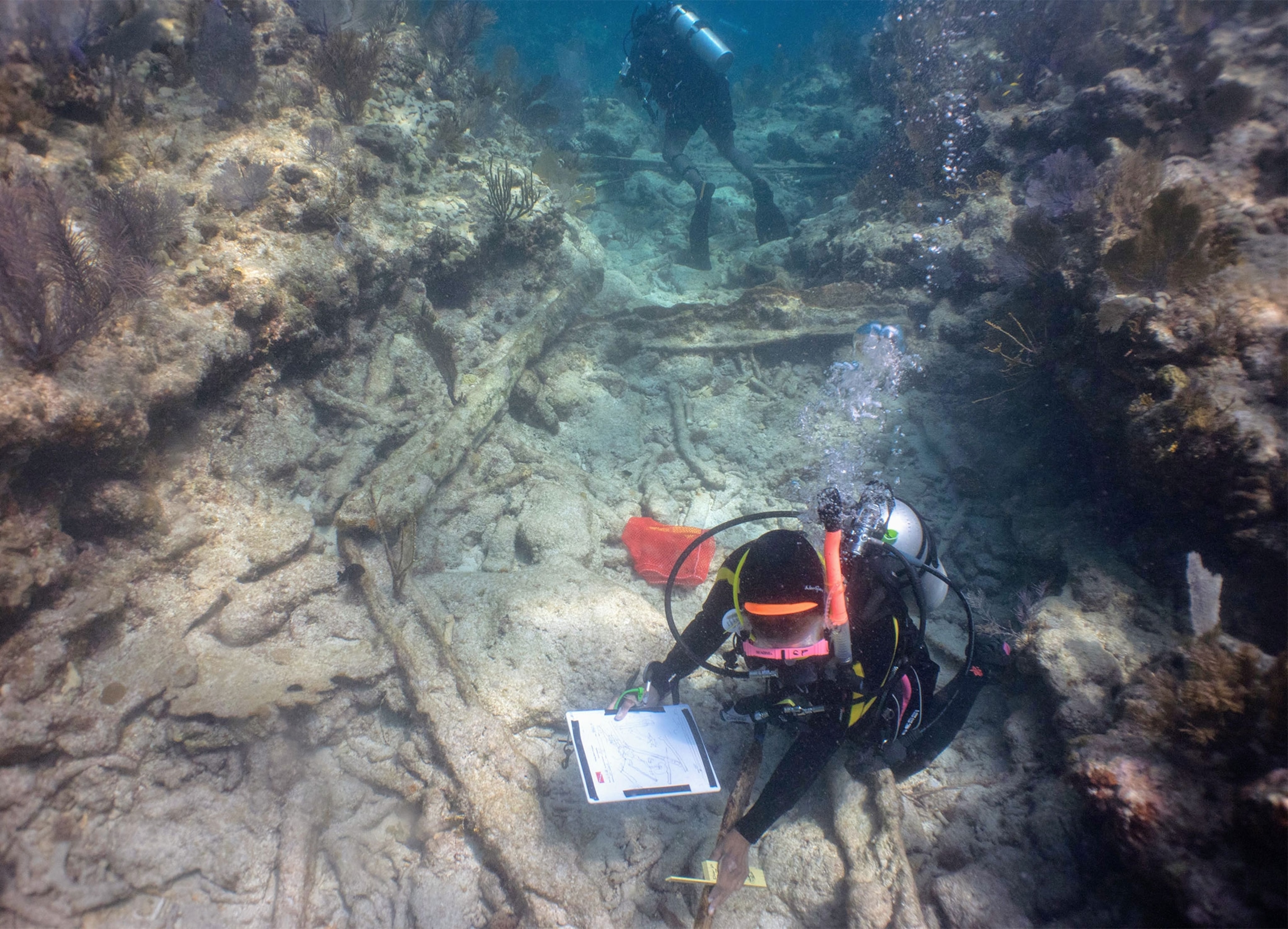
What makes them interesting is that they, we—sometimes I forget to include myself in this—are all black, primarily African American, although other nationalities are also represented, and we are diving together as a group.
What makes this extraordinary is that they—see, still hard, we—have all been trained as underwater archaeology advocates and have the capacity and know-how to help search for and document slave trade shipwrecks around the world.
Wow.
We are members of Diving With a Purpose (DWP), a nonprofit organization started almost 16 years ago by the ever-dapper Ken Stewart, who at age 74 still moves with a dip in his step and communicates with a twinkle in his eye. He is meticulously groomed—salt-and-pepper beard neat as can be—with a beautiful voice that rises and falls with the cadence of a soulful love song.
Ken’s passion is this work. He spends his days moving forward this big, audacious, crazy mission to train up the next generation of black folks specifically, although all are welcome, to dive into the depths of the ocean and find their own history and tell their own stories.
During the past nine months, I have traveled with these divers and their partner organizations, mainly in the role of storyteller, to witness the search for slave shipwrecks firsthand and gather tales over coffee, on the beach, in quirky hotels, during fancy dinners, and in places as far away as Mozambique, South Africa and Senegal, as surprising as Costa Rica and St. Croix and as predictable as the U.S.
A Short History Lesson
Why does it matter that we search for slave shipwrecks?
About 35,000 ships brought nearly 12.5 million captive Africans across the Atlantic Ocean to the Americas between the 15th and 19th centuries, according to the Trans-Atlantic Slave Trade Database. Of the estimated 500 to 1,000 ships that purportedly wrecked, only five have been found—and of those, only two have been properly documented.
Fragments of these wooden ships are notoriously hard to find after centuries in the water, but such a small number of finds also points to a larger societal disinterest in their discovery. Maybe that lack of interest is in part because rather than jewels and gold coins, the treasure of these ships exists primarily in the form of knowledge and lost memory. But maybe it is also because this thread of history has been glossed over in our history books—the experience and journey of captured Africans, only a footnote, a few paragraphs, a day’s covered material in class … a huge swath of history suppressed and forgotten.
But DWP has not forgotten, and has worked diligently over the years to train more than 300 divers to help retrieve these lost stories. These people are not necessarily archaeologists or historians either, although some are. They are engineers, teachers, artists, students, civil servants—just regular people who are passionate about scuba diving and who want to make a difference in the world somehow.
So far, DWP divers have participated in 18 missions around the world to find submerged artifacts relevant to Africans in the Americas. They work as partners of the Slave Wrecks Project (SWP), a collaboration of organizations hosted by the Smithsonian’s National Museum of African American History and Culture, and include George Washington University, the National Park Service (Submerged Resources Center and Southeast Archaeological Center), African Centre for Heritage Studies and IZIKO Museums of South Africa. They also work on their own, looking for treasures like Tuskegee Airmen airplanes downed in the Great Lakes in the 1940s.
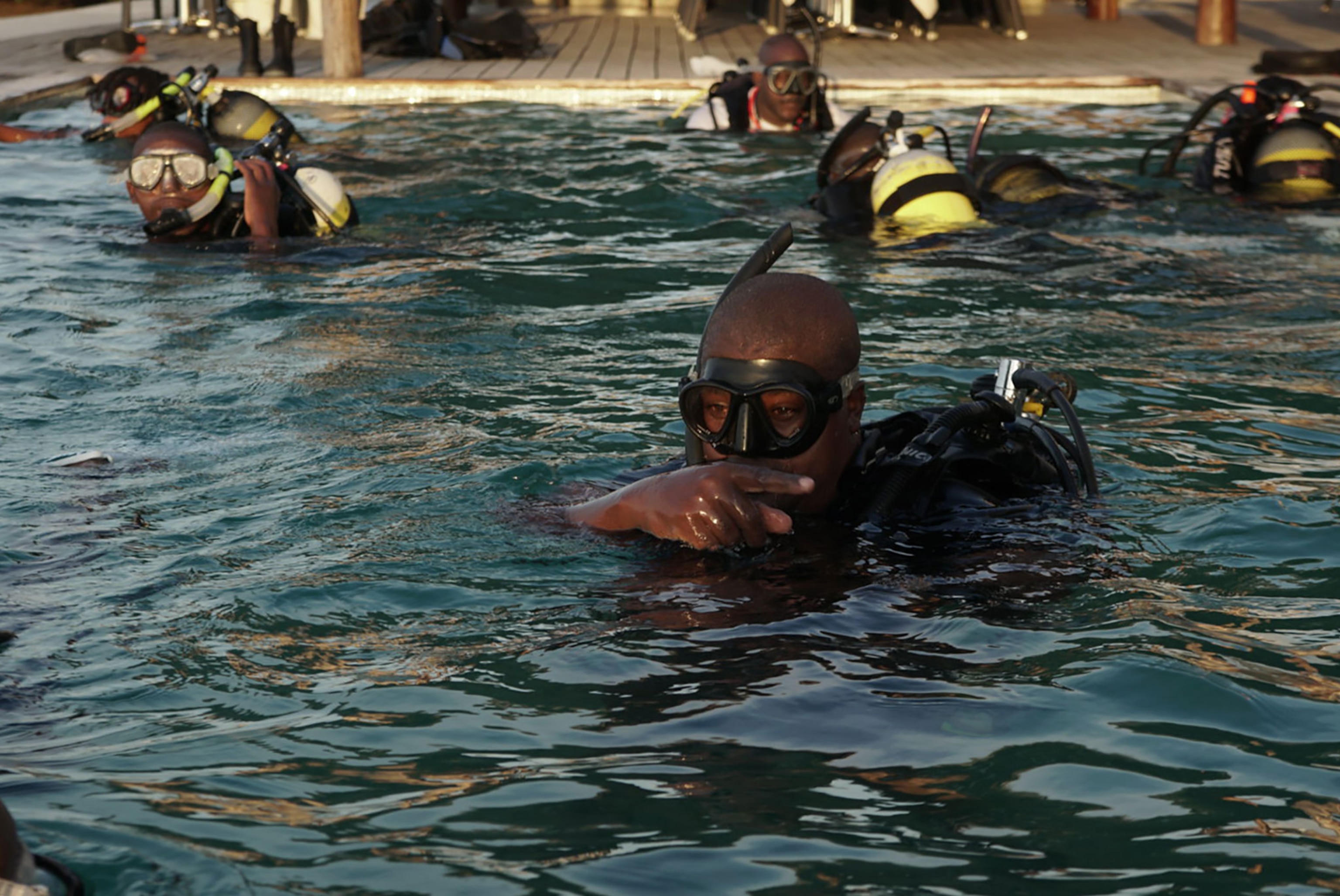
The slave ship they most recently helped to document is the São José Paquete d’Africa, a ship found in Cape Town, South Africa a few years ago. This ship began its voyage from a tiny island—only about two miles by 500 meters, called Ilha de Mocambique (Mozambique Island) or Ilha for short—which sits in the northern part of Mozambique and was one of the centers of the slave trade on the east coast of Africa by the Portuguese and the French. Ships would leave from Ilha, go around the horn of South Africa and travel on to the Caribbean and the Americas. (Follow the history of enslaved Africans arriving in colonial America 400 years ago.)
I started my journey this past December on Ilha.
A Day in the Life on Mozambique Island
My days on the island would begin at a beautifully refurbished colonial hotel in the center of town with a big breakfast of fresh fruit and eggs and a global team of divers, historians and archaeologists, all partners in the Slave Wrecks Project, conferring and planning the details for the day.
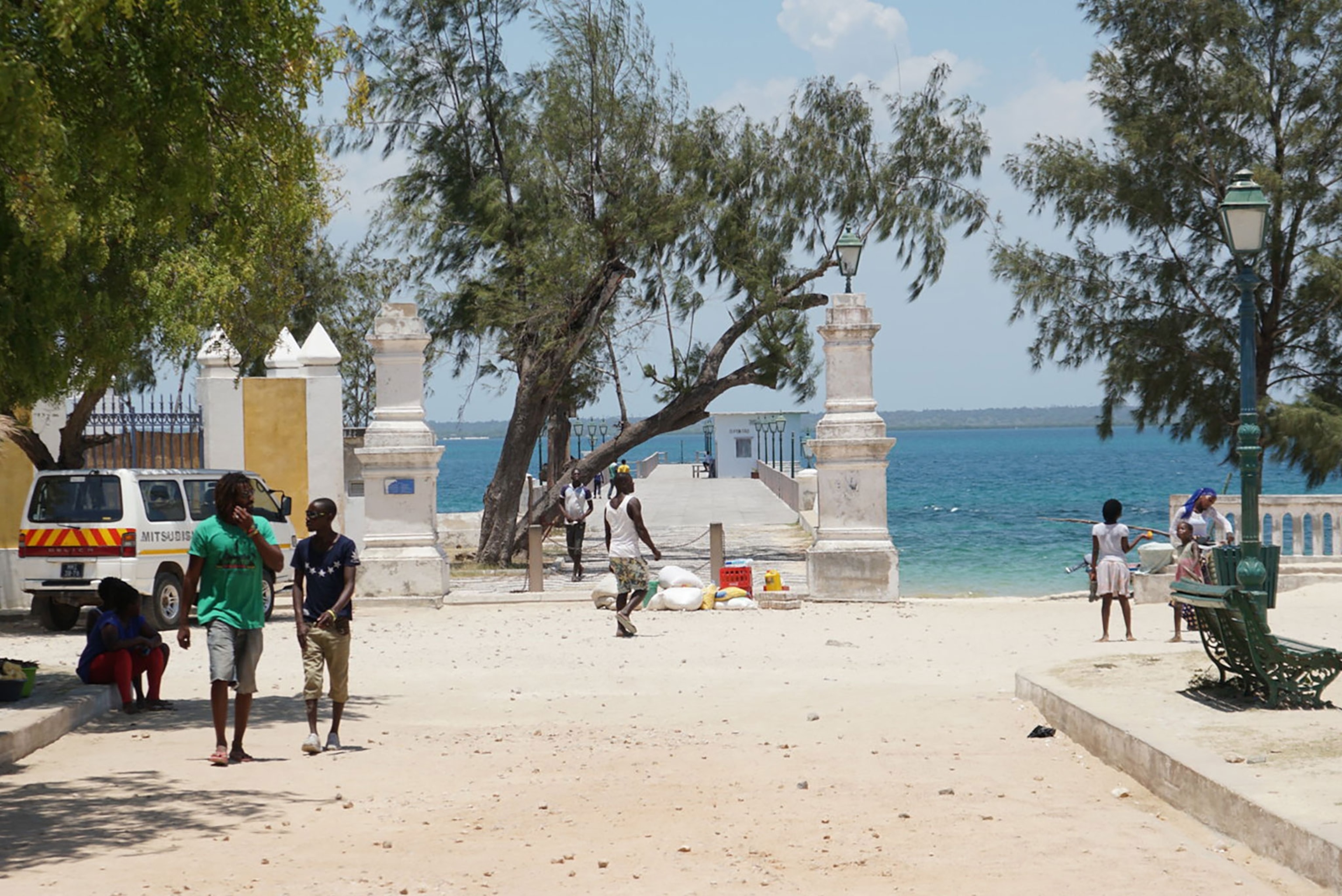
A team from the NPS-Submerged Resources Center and the African Center for Heritage would head out first thing in the morning with a small motorized boat and a magnetometer to sweep the waters around the island looking for anomalies. Then experienced Diving With a Purpose and NPS-Southeast Archaeological Center divers would don wetsuits and scuba gear and join them to dive to those anomalies using their hands and eyes to see up close what the machinery found and to scan for what it might have missed. (See how researchers discovered the sunken last American slave ship.)
Meanwhile, another team would make its way to a lovely infinity pool in a swanky hotel overlooking the beach and spend hours there training the next generation of local divers as community monitors to help protect the submerged artifacts surrounding the island.
This part of the work is crucial in Mozambique. Not only does the Slave Wrecks Project want to find slave shipwrecks, but it also wants to engage and uplift the local community that is wrestling with this heritage. And it wants to support the community in connecting its history to the history of the larger global slave trade.
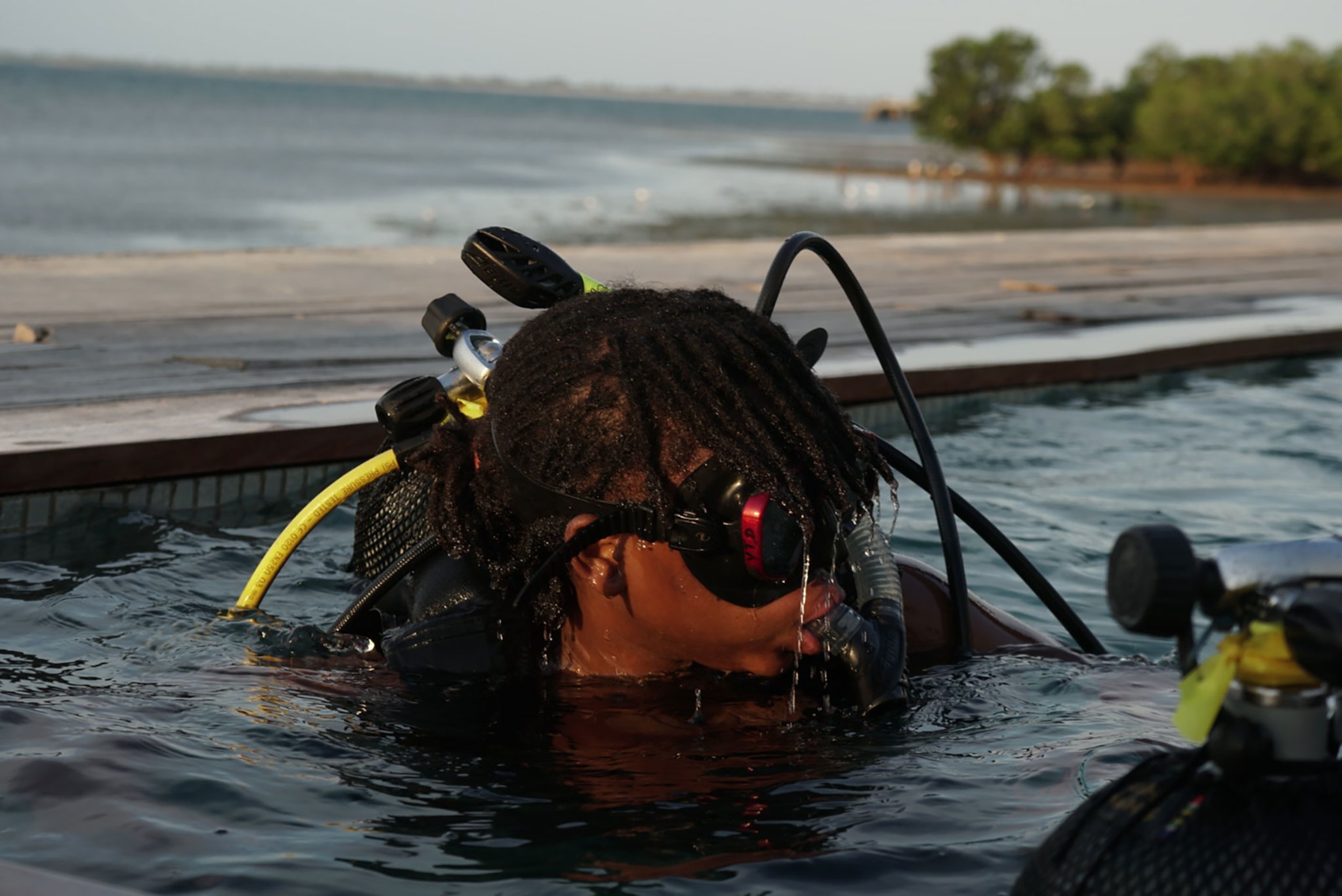
So most of the Slave Wrecks Project’s participating organizations, along with various universities and organizations around the African continent, including Eduardo Mondlane Unversity and the University of Dakar, would also sit in meeting spaces and listen to and confer with Mozambican curators and historians in order to co-create ways to tell a more inclusive story about the slave trade in local museum exhibits and public spaces.
And finally, the remaining archaeologists on the team would search terrestrial sites where enslaved Africans were held, to help tell the story of what happened to these people on land.
My admiration for the project and this work grew stronger each day.
I began to realize the gargantuan task of trying to communicate the facts, not to mention the impact and importance of the slave trade and its relationship to modern-day society.
Through the centuries, Europe, Africa and the Americas have woven a deeply intertwined and dependent net, one that is connected in three equal parts—and that still exists today—but that we pretend is not there.
The Whole Story
In Roman, Greek and British tragedies, we get to delve deep into the minds of main characters; we get to understand their dreams and passions, dalliances, betrayals, doubts, worries, pain, joys, sorrows, loves; we see whole pantheons of emotions as we are given complicated stories with fully expressed human beings. The transatlantic slave trade, however, when mentioned, is only one note in our history books. It’s a sad and shameful story. And the characters are often flat caricatures who fall neatly into the categories of oppressor and victim.
But the stories of this 400-year–plus history, full of millions of people from dozens of countries around the world, are far more complex.
They beg us to consider questions of faith, ancestry, worth, morality … of our very own identity. How can we know who we are really without deeply contemplating the consequences of our history?

Take Slave Wrecks Project researcher Yolanda Duarte, for instance, who discovered that she is descended directly from a slave trader—a Portuguese nobleman who governed on Ilha. But she is also descended from an enslaved African—a daring Mozambican princess who fought for freedom and traveled to Portugal to beg for the life of her warring husband, but who also owned enslaved Africans.
Yolanda, who is also the co-coordinator of the Centre for Archaeology, Research, and Resources on Ilha, lived for a long time in Portugal, and looks like her Portuguese ancestors, but she proudly proclaims herself black and white and calls Mozambique Island the home of her soul. She holds the contradiction — and the reconciliation—of both in her very DNA.
Hers is but one example of the kinds of complex legacies we are left to understand.
I thought this search for slave shipwrecks would be sad, and hard, and taxing on my soul. I thought I would need hands holding mine, rubbing my back, to console my tears and my heartache.
Instead I found strength. And power. And adventure. And camaraderie. I found laughter. Love. Life. Kinship.
My history—black history—does indeed have sad notes. Like any good love story there is pain and hurt. But my history also has lifting notes—crescendos—full orchestras that tug at my heart and make it soar.
I am human. Fully. And I come from other fully realized humans with a complex, nuanced history that has never been completely told.
Anywhere.
This is my revelation.
And my opportunity to help, along with these brave souls, birth a new understanding and possibility for the world.
